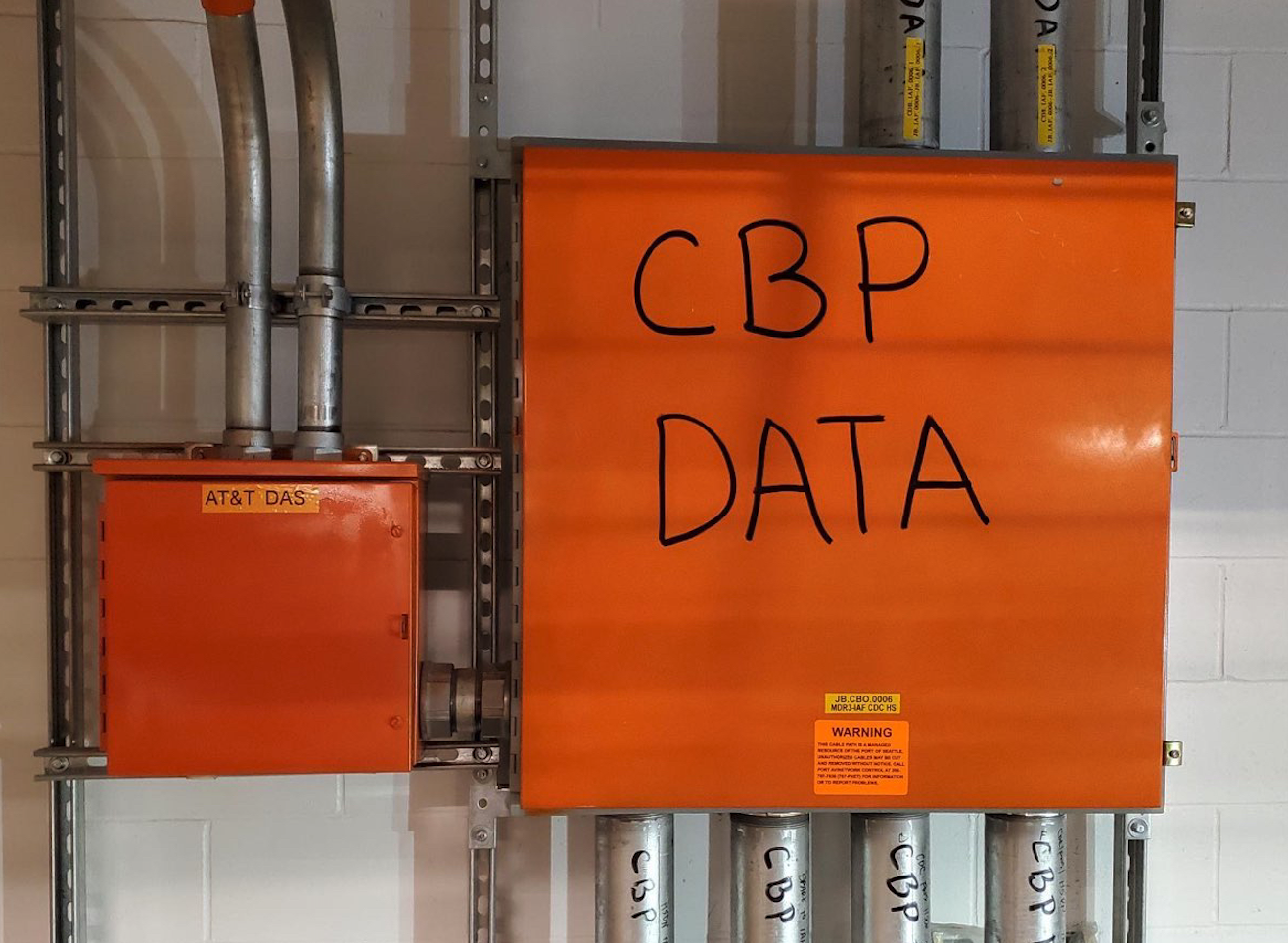Summary
-
Customs and Border Protection (CBP) is increasing its target for scanning passengers with facial recognition as they leave the U.S. from 40% to 75%.
-
The new goal will be implemented at the end of this month.
-
CBP is changing its metric for measuring progress from the percentage of flights that have at least one biometrically processed traveler, to the percentage of passengers who are biometrically processed.
-
CBP says that the change in metric is more accurate and provides a more complete picture of how robust biometric exit processing is on a national level.
-
The Congress-mandated goal of CBP is to have 97% or greater biometric exit compliance.
-
Airlines are increasingly using facial recognition systems to confirm travelers when boarding aircraft.
-
Passengers who do not want to participate in facial recognition can opt out, but they may be asked to present travel documents or other proof of identification, and in some case, fingerprints.
-
CBP says that it will only store facial images for no more than two weeks and that it will share entry and exit data for law enforcement.
The article also mentions a case where a privacy attorney was told by airline staff that she had to participate in facial recognition, even though she had a right to opt out. This suggests that there may be some confusion among airline staff about the rules surrounding facial recognition.
Interesting Passages
A June 2017 CBP document explains its “Biometric Exit Process” for passengers: “All travelers are required to submit to CBP inspection upon exit. Facial images will be matched and then stored for no more than two weeks in secure data systems managed by the U.S. Department of Homeland Security in order to further evaluate the technology, ensure its accuracy, and for auditing purposes. In lieu of facial images, travelers may be asked to present travel documents or other proof of identification, and in some cases provide fingerprints.” That document adds that it could share traveler exit and entry data with other government agencies “if the situation warrants, for law enforcement purposes.”
It seems likely CBP will meet its goal for biometrically-processing 75 percent of passengers. In 2021 I obtained a cache of documents related to the airline JetBlue’s piloting of facial recognition systems. Already back then, JetBlue said it had seen more than 90 percent of customers participate in biometric boarding when it was available.



This is truly terrifying. One big thing the US always was proud of is no “papers please” moments in traveling around, including exiting the country.
Yeah that stopped on 09/12/2001.
What happened on the 9th December 2001?
mm/dd/yyyy in USA
?
I’m not at all a fan of this, but surely presenting your papers when crossing an international border is not a new thing. I’m actually pretty sure I’ve done this facial scanning when traveling in the EU, and in that case I assumed that it was to detect people who don’t match the passport they’re holding, which actually seems like a pretty valid law enforcement thing to do. They already know who you are.
I.e. I agree this is a bad thing but disagree with this particular reason for disliking it. Among other reasons, it surely won’t remain only at international borders once the US has gotten some familiarity with the technology.
In the US historically there was no paperwork, checking, when LEAVING the country. i.e. you just drive into mexico and stop for mexican customs, but not us customs.
… because for most travelers, it’s already been provided via APIS to the CBP. Like I say, I think the main motivations are (1) making sure that the person traveling matches the identity that was provided to and checked by the computer, which seems legit and (2) trialing the system so they can expand it beyond the international border, which seems far too worrisome to justify the small benefit of #1.
Driving checkpoints I have no idea; I was honestly thinking only in terms of air and sea travel which is a little more formalized. Are they talking about scanning people’s faces when they drive to Mexico also?
Because in the US there is no requirement to be vetted to leave the country air ports have no international / domestic division. So its not unheard of for someone to buy two tickets, a domestic one with their name to get past security, and a international one with a random identity, that is used to take the international flight.
The biometric scanners are probably trying to catch people doing that